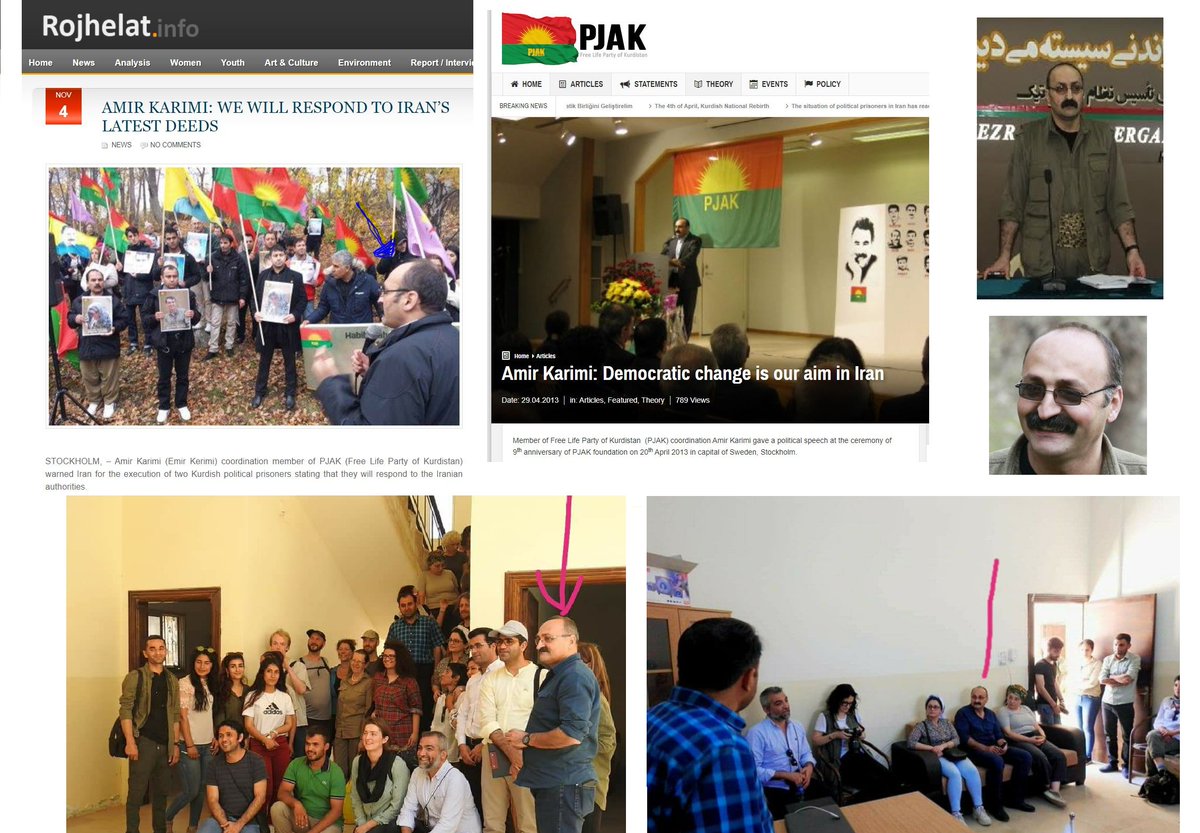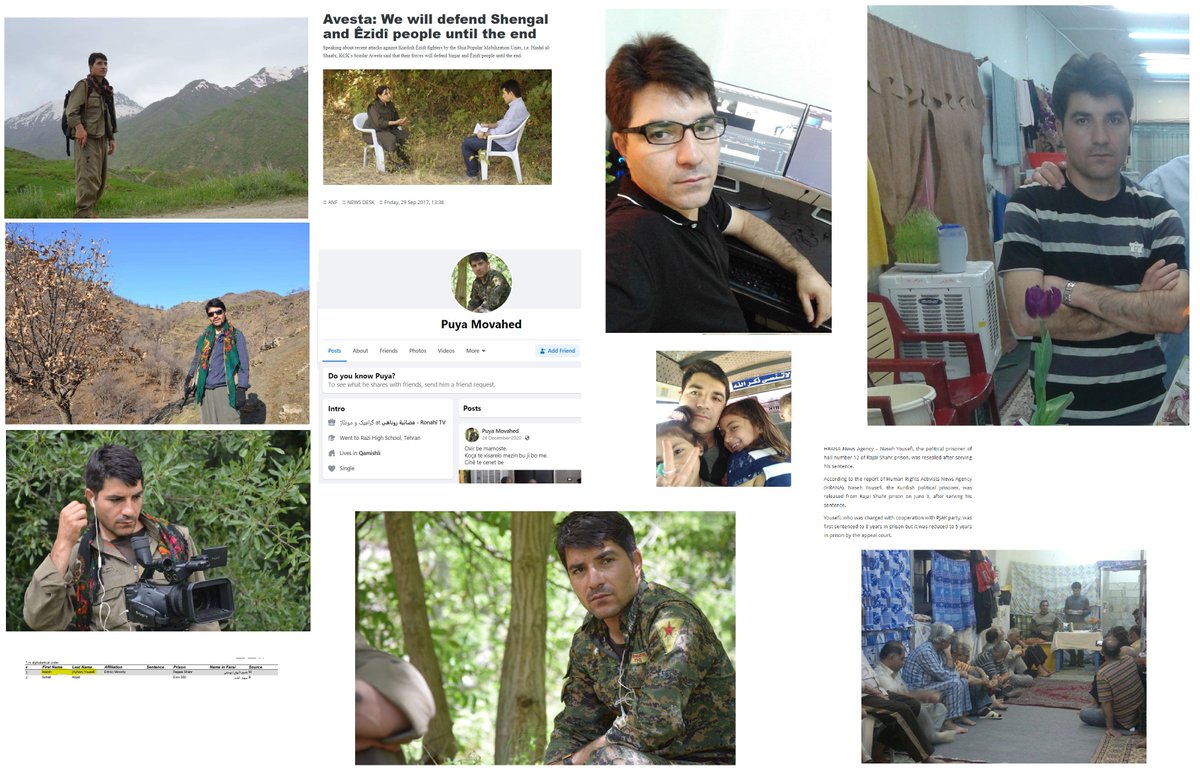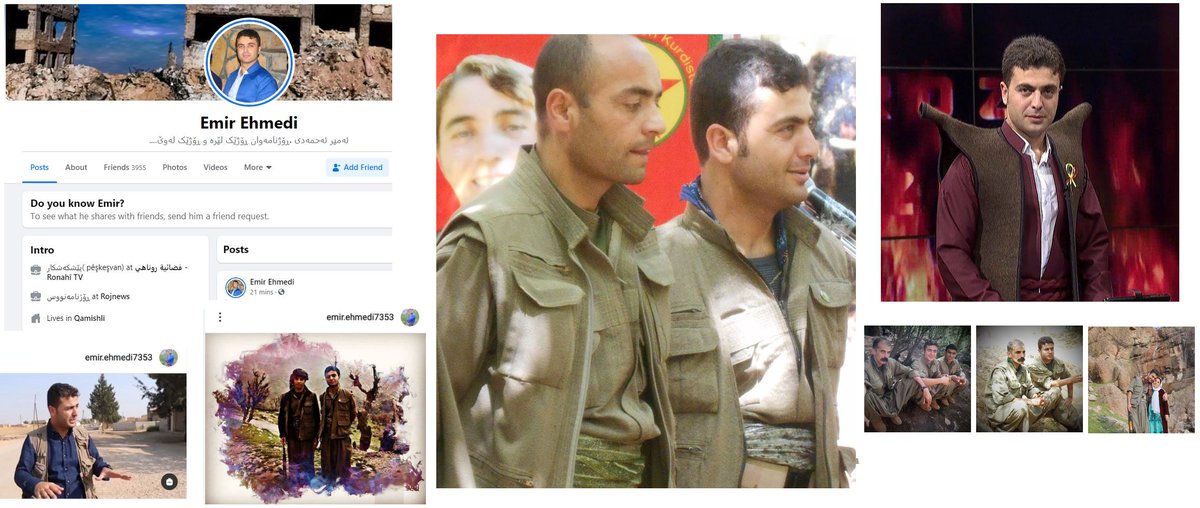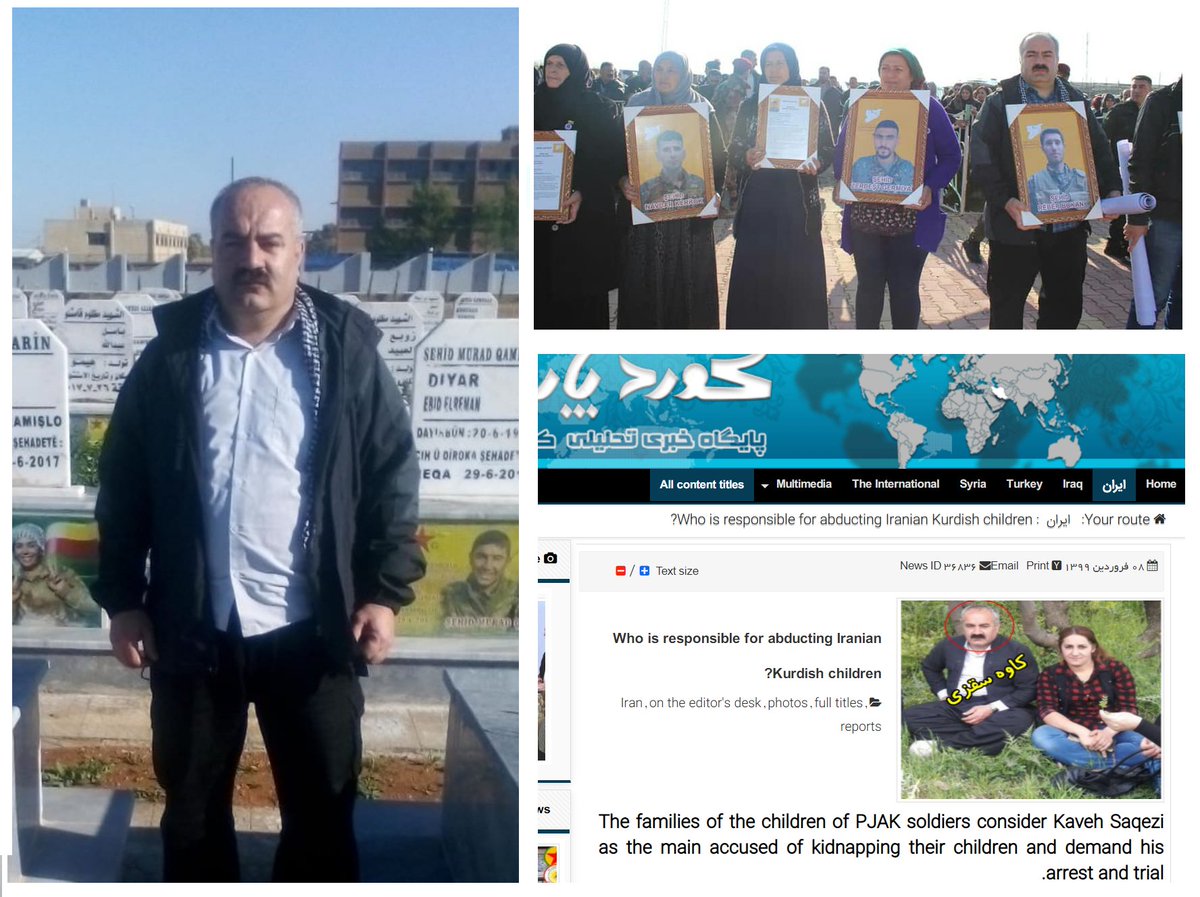How a #PJAK leader became history teacher in #Kobani
The ‘Rojava’ project in NE Syria has ridden most of its popularity through their fight against ISIS & their ideology, that promotes a form of grassroots governing by local people on the ground. https://hedwigkuijpersjournalism.wordpress.com/2021/01/30/pjak-leader-becomes-kobani-history-teacher/
The ‘Rojava’ project in NE Syria has ridden most of its popularity through their fight against ISIS & their ideology, that promotes a form of grassroots governing by local people on the ground. https://hedwigkuijpersjournalism.wordpress.com/2021/01/30/pjak-leader-becomes-kobani-history-teacher/
This system of popularly elected administrative councils, allowing local communities to exercise autonomous control over their assets, while linking to other communities via a network of confederal councils has seemed refreshing to many that follow developments in the ME.
And it would be interesting indeed, if it wasn’t governed by a shadow power structure with ultimate decision-making authority behind & beyond the local governing entities mentioned above. PKK cadres ‘lurk in the shadows’ and undermine the authority of locals governing, overruling
decisions that do not meet their goals. A great example of this shadow power structure is the presence of senior PKK members (and its sister organization PJAK) in North-East Syria.
Meet Amir Karimi, a former PJAK coordination member – now history teacher at the uni of Kobani – from Mahabad. Amir Karimi was active as a PJAK leader for years, and has ran the group both from Qandil & Sweden. In Qandil, Amir went by the nom de guerre of ‘Mezdek’.
It has been half a decade since he moved to Kobani, where he was involved in the establishment of the University of Kobani, that he runs behind the scenes, and where he teaches ‘History of Kurdistan’ under his latest nickname ‘Malek’.
What many supporters of ‘Rojava’ conveniently seem to forget – is how it actually started out. Its foundations were laid in 2002, as the KCK was founded by the PKK to take their struggle beyond Turkey, the PKK’s main target throughout the last four decades.
A KCK branch was set up in Syria, led by Nureddin Sofi & dubbed “KCK-Rojava”. The PYD was founded in 2003 as a direct result of this plan. The same thing happened for Iran. “KCK-Rojhilat” was founded, followed by Kodar & the armed wing PJAK, which Amir Karimi helped to establish
During YPG’s mass mobilization, the militia’s majority consisted of PKK fighters that entered Syria through smuggling routes. For a long time, Sabri Ok “the PKK commissar” was responsible for the project. He left Syria in 2020, as the US pressed for the PKK leadership to leave.
“As long as the YPG remains tied to the PKK through its ‘party cadres’, and as long as the latter remains in violent conflict with the Turkish state, fighting in northern Syria is unlikely to end,” a Crisis Group report said.
Mazloum Abdi said: “Today, we have over 200.000 Syrians enrolled in our civil & military institutions, there is no real need for regional Kurdish support [non-Syrian PKK members]. We haven't committed to a timeline for full withdrawal but the process has started & will continue.”
Indeed, over the last months, social media accounts of many non-Syrian SDF fighters have disappeared, showing a decrease in non-Syrian military cadres (or simply new policies concerning social media) in an attempt to please the US & diminish Turkey’s excuses for a new invasion.
Yet, this decrease in non-Syrian military cadres is quite a deceitful phenomenon, as the activities of PKK cadres in North-East Syria go much further than just military activities, after all the group has been governing the area for nearly seven years.
An example of how deep the ‘shadow power structure’ in NE Syria really is, is the project’s main propaganda structure Ronahi TV, in Qamishlo. It broadcasts the org.’s news & ideology 24/7 and is largely run by senior PKK members.
One of those is Naseh Yousefi, better known by his nom de guerre ‘Ayhan’, from Mariwan, Iran. Yousefi was arrested in 2007 by Iranian authorities in the mountains there, and served five yrs for armed activities & PJAK membership. He rejoined after he was released in 2014.
Between 2014 and 2017 we can see him interviewing several high-ranking PKK leaders in the Qandil mountains for Sterk TV. After 2017, he was appointed to lead the graphics and montage department of Ronahi TV in Qamishlo. He posts selfies on his facebook account almost weekly.
Yousefi is joined in this mission by Emir Ehmedi, an Iranian-Kurdish news anchor. Like Yousefi, Ehmedi was a PJAK member before being appointed to work at the Ronahi TV studio in Qamishlo.
Another interesting person popping up on social media in Qamishlo is Kaveh Saqzi, from the Kurdish town Saqqez, Iran. Kaveh is currently leading the city’s ‘Martyrs committee’, a committee that provides financial aid to martyrs’ families and provides fighters killed in action
with a proper funeral. Yet, if one looks further, one can see that multiple families in Iran have tried to legally persecute Kaveh Saqzi for involvement in the recruitment of minors for PJAK. He stayed in Qandil for a while under the name 'Aso'.
These four Iranians currently active in NE Syria form just a tip of iceberg. Anyone that cares enough to make an effort can find other Iranian, Iraqi & Turkish PKK members that are still active in Rojava. Yet the four profiles I provide, illustrate the ‘shadow power structure’
that has ultimate decision-making authority in NE Syria. As in fact, senior PKK members are stationed in every town the SDF holds, where they undermine decision-making by the locals that have been elected to do so as they wish, in order protect the PKK’s goals on the ground.
Not only are they active militarily, as often shown before, they are deeply entrenched in ‘Rojava’s societal bodies.
This debunks a theory often uttered by western supporters, that "'Rojava' is not linked to the PKK, that's only propaganda.." and "They only share an ideology".
This debunks a theory often uttered by western supporters, that "'Rojava' is not linked to the PKK, that's only propaganda.." and "They only share an ideology".

 Read on Twitter
Read on Twitter





